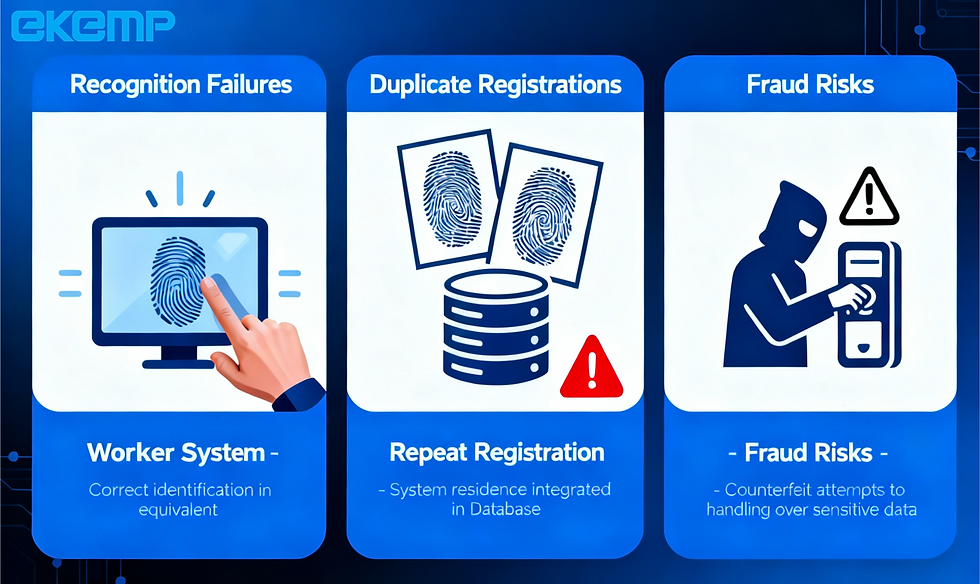Application of Biometric Systems in EES (European-Entry/Exit System)
- Vera Guo
- Dec 15, 2022
- 1 min read
Updated: May 7, 2025
EU-EES (European-Entry/Exit System) is one of the goals of the European Security and Migration Agenda, which focuses on border management, crime prevention and the fight against terrorism. Because in a digital world of increased global mobility and cross-border commerce, biometric readers are becoming increasingly important for identifying people entering and exiting airports.Standardized checks at border checkpoints will ensure that all countries in the Schengen area strictly adhere to the same security guidelines.
Our biometric solutions are designed to help border authorities quickly and easily deploy EES systems and provide them with a wide range of services, including secure registration, issuance and verification, while providing an optimal user experience.
The biometric enrollment process includes fingerprint, iris, face and other biometric authentication options. The terminal will collect verified information and enter it into the Commission's current central database. From here, the data can be used for security checks by European law enforcement agencies and other national authorities.
Biometric application for the European Entry-Exit System (EES)
1 Multidirectional biometrics
The biometric enrollment process includes fingerprint, iris, face and other biometric authentication options.
2 E-passport readout
Passengers place their E-passport on an NFC reader, which reads biometric data from the passport's integrated chip.
3 Information Security
The biometric terminal will collect the verified information and enter it into the EES system, and the border enforcement will check the authenticity of this data through the back-end server (EES) system. Reduce identity theft.
4 Simplify the process
Border agents look at the EES backend server to assist in identifying third country nationals who are ineligible or no longer eligible to enter the country.







